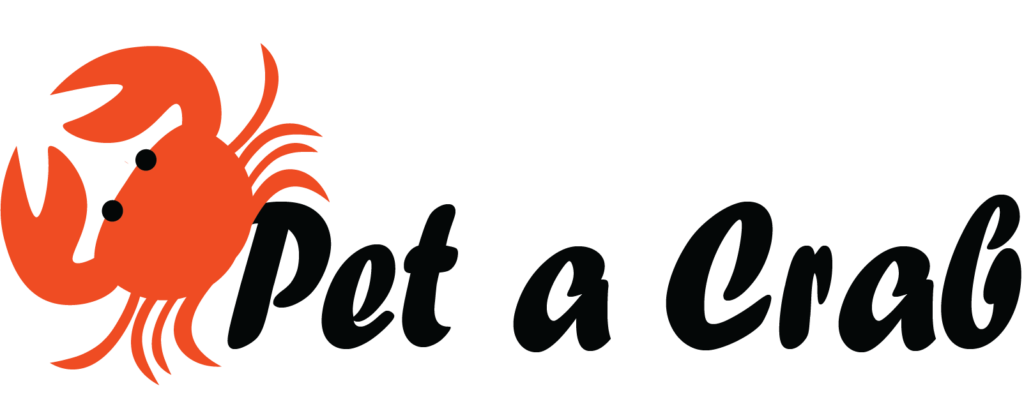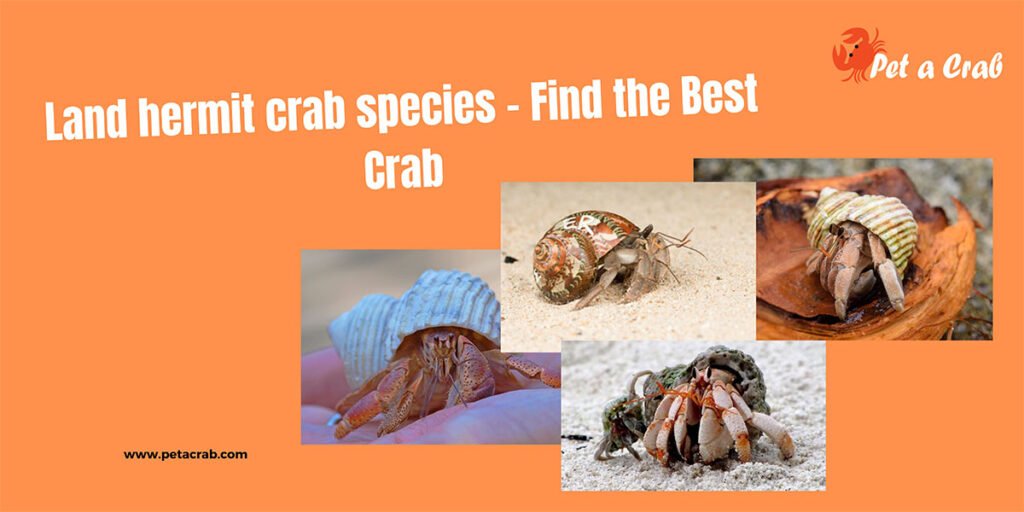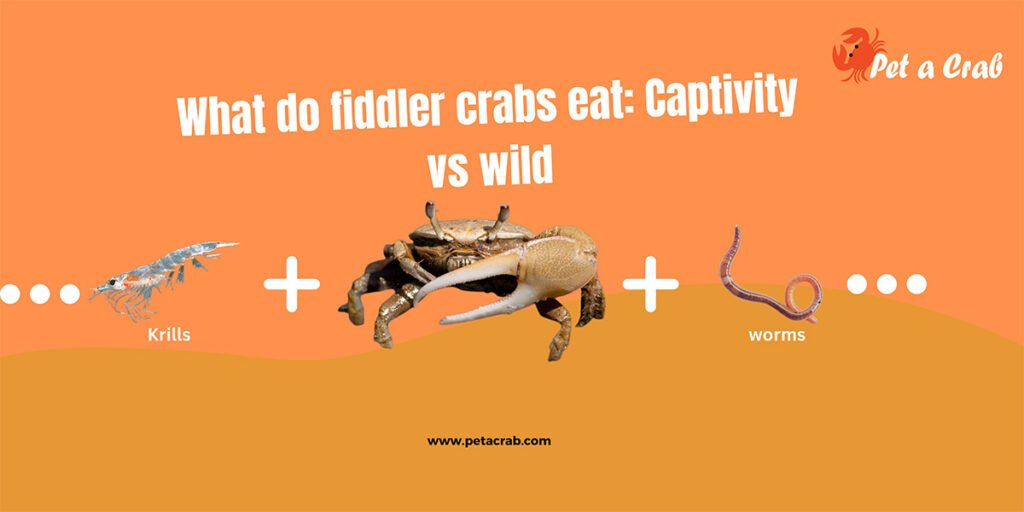Is it any wonder that you are reading this coconut crab facts file because they are truly beautiful creatures? Their populations are only found on islands across the Indian Ocean. Besides, there is the central Pacific Ocean. While they are closely related to hermit crabs, they have zero ability to swim.
Whether coconut crabs have an interesting communication system and massive beats. Still, they remain fairly mysterious. To help boost your knowledge of these crabs, here are some facts about coconut crabs. This can help you not only boost your knowledge but also increase your curiosity.
What is a coconut crab?
Typically, coconut crabs are the largest terrestrial invertebrate, which has come with incredible strength. Usually, they are different from their marine relatives in several beneficial ways.
Typically, it is a large nocturnal land crab of the southeast Pacific and Indian oceans. However, the robber crab is closely related to the hermit crab and the king crab. Below, we briefly discuss the full overview of coconut crab facts.
Coconut Crab Facts: Scientific Key Facts
- Common Name: Coconut Crab
- Scientific Name: Birgus Latro
- Kingdom: Animalia
- Phylum: Arthropoda
- Class: Malacostraca
- Order: Decapoda
- Family: Coenobitidae
- Genus: Birgus
- Species Name: Birgus Latro

Quick Facts of Coconut Crab
Whether you do not have enough time to read the whole coconut crab facts blog, these quick facts about coconut crab are only for you.
- Habitat: Terrestrial, Tropical Islands, Rocky soil
- Location: Pacific Ocean, Indian Ocean, African Coastal Islands
- Name of Young: Zoea
- Prey: Rats, Birds, Turtle eggs, and carrion
- Most Distinctive Feature: Serrated pincers
- Biggest Threat: Overharvesting
- Size: 1m
- Weight: 4kg
- No. of Species: 1
- Diet: Omnivore
- Average spawn Size: Up to 250000 eggs
- Lifestyle: Nocturnal
- Color: Red and brown, and sometimes blue, yellow and black
- Favorite Foods: Nuts, seeds, coconuts, and fallen drupes
- Life Span: Possibly 60 to 100 years

Interesting Coconut Crab Facts
- These crabs are the largest land crabs in the world. However, the sizes average over 5 pounds and have a leg span of 36 inches.
- Coconut crab shells are generally red or blue. Often, the color is not accented on certain parts of the coconut crab’s brown body. But some are much more striking.
- Coconut is their favorite food, but sometimes they eat birds. Unsurprisingly, coconuts make up a sizable component of their diet. However, thanks to their curved legs, they can climb trees. Also, use their strong claws to crack into coconuts easily.
- Typically, they are related to terrestrial hermit crabs. Besides, go by the name of “Robber Crabs.” It is said that they grow out of their seashells quickly.
- Fortunately, they have a strong sense of smell. Since they are hunting at night. So that smell is vital for their survival. As they are foraging in the dark, the smell of small animals or fruits attracts the crabs to their prey.
- Of any crustacean, their claws have the strongest pinch. Furthermore, claws are powerful enough to lift objects as heavy as 61 pounds.
- They like to live alone most of the time. Burying their bodies in the loose soil can help maintain moisture. Also, they are edible.
- If humans eat coconut crab, they can be poisoned. Because they are dangerous. For example, they eat sea mango, which can become toxic if consumed by humans.
- Humans are the biggest predators of coconut crabs. Typically, their habitats tend to be isolated. So that they do not have many predators. But the biggest threat faced by human overharvesting is also habitat loss caused by rising sea levels.
- Unfortunately, they cannot survive underwater.
- Though baby crabs are born at sea, they can drone as adult crabs.

Briefly discuss the Coconut Crab Facts
- Appearance and Behavior – These crabs have ten legs, such as a front pair that ends in a powerful set. These arthropods shed, relying on their tough exoskeletons for protection.
- Colour – Typically, they can be seen in a wide range of colours, such as black, brown, red and purple tones. Although young crabs often have a brown colour with black stripes.
- Skin Type – Coconut crabs have an exoskeleton, which can act as their protective outer shell.
- Evaluation and history – About 455 million years ago, robber crabs appeared as far back as the late Ordovician period. Whether they abandon their shells by adulthood, unlike the other hermit crabs. This can help you grow to extreme sizes.
- Habitat – Throughout the Indo-Pacific region, they primarily inhabit small islands. However, their southern range lies between the tropics of Capricorn and Cancer. In addition, coconut crabs prefer coastal forests with rock crevices that are useful for digging burrows up to 2 feet deep.
- Diet – When they are still plankton, they consume other planktonic larvae. Tropical fruit, carrion, molted exoskeletons and coconut meat have been recorded in their diet.
- Lifespan – Generally, they can stay alive for up to 60 to 100 years in the wild.
- Leg span – The length of this crab can vary from 3 to 3.3 feet. However, the adult crab stands out among other crustaceans because they are hedged around 1 meter.
- Reproduction – Unlike the majority of hermit crabs, no apparent courtship behavior has been recorded. However, mating takes place on dry soil and does not need to have recently shed their skin.
- Predators and threats – Generally, these crabs are omnivores. This consumes both animal and plant matter. Despite this, coconut crabs are in danger of dying out. Moreover, the current threats to its existence, like habitat loss, climate change invasive diseases, etc.
Frequently Asked Questions
Why is a coconut crab also called a robber crab?
Coconut crabs earn their nicknames as “palm thieves” and “robber crabs.” Because they are well known to steal random objects such as pans, pots and coconut shells.
Can coconut crabs be kept as pets?
Though a lot of people feel this is unkind, they can be kept as pets. But they require large, secure spaces.
What do coconut crabs eat?
Coconut is one of the crab’s favorite fruits. In contrast, they break the husks and then scoop out the flesh. Besides, they eat small birds.


